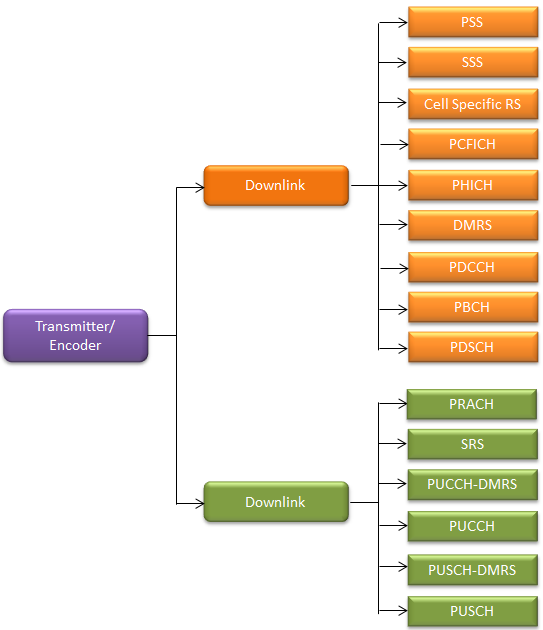|
Matlab Toolbox - 4G/LTE |
||
|
Introduction
As you know and might have realized, In engineering you would never understand anything before you try it on your own.
As I am gaining longer and longer carreer in engineering, this is coming to me more and more clearly.
Let's say you are an engineer working in LTE, especially in physical layer. How would you be able to try things on your own ? We can think of several ways as listed below : i) use In-house software (simulation software) ii) use In-house hardware iii) use commerical software (simulation software) iv) use commerical hardware If something is in very early stage of the technical development or you are in such a company that leads the industry far ahead of others, probably option i) or ii) would be the only way. But in this case, it is highly likely that almost everybody (even developers) are on early stage of learning curve. If there is some problems, not everything would be clear whether the issue comes from the wrong implementation or from user mistake. As a technology gets more established (at least as international standard gets published, you would start seeing option iii) or iv) avaiable in the market. I think one of the biggest benefit for option iii) or iv) is that 'somebody else has already verified or validated the product and you can give relatively strong trust of the outcome of the solution'. Especially if you are at a stage of learning a new technology using a tool (software or hardware), it is very important to get the something that has proven to work. Otherwise, the result from the tool would easily mislead you to a wrong direction. Matlab LTE toolbox can be a kind of option iii) that has long been in the market now implying that it has been pretty well verified.
Where to start and how to move forward ?
To be honest, I don't think there is only one best way or best steps that everybody would agree. In technical/logical aspect, I would recommend you to start with implementing each physical signal/channels in following order. But in reality, I saw many different approaches. Normally in a development team, you may see different teams for Downlink and Uplink and would see different engineers dedicated for a specific channels. Of course, there would be possibilities that one engineer is working on multiple different channels. Also, in reality I saw many cases where they start with PDSCH and PUSCH first since these are the most critical component. But if you are new to LTE physical layer at the stage of research or study, I would recommend you to follow this order.
Next step is to understand/implement Reciever/Decoder side. Types of Channels is exactly same as shown above. The only difference is the direction. In this case, it is assumed that you have received radio wave signal for each of those channels. And then you have to extract the high layer data (high layer bit stream) from the received physical signal (I/Q) data.
Matlab LTE Toolbox provide libraries (functions) for both Transmission path and reciever path.
Disclaimer ! : This page is only to show you the overall logics and visualization for various LTE physical layer channels. I haven't investigated much about verifying about the accuracy. If you think the code is not so efficient, it is 100% my fault. I haven't made any effort for effiecient code. I just tried to create code as simple as possible for the readers. As you know, easy-to-read code is not always efficient for a specific chipset. If you find any mistake in terms of accuracy, it is also very highly likely be my fault. Not the problem of Matlab tool box itself. Any comment and corrections if you find any mistake will be welcome and appreciated.
|
||
